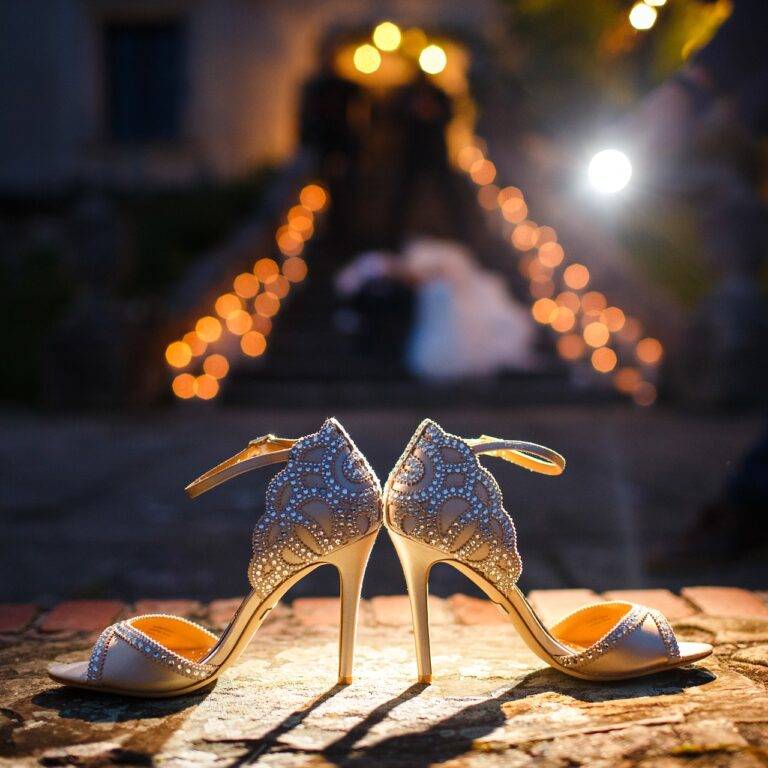The Art of Tea Ceremony: Finding Serenity in Ritual and Tradition
The practice of tea ceremonies traces its origins back to ancient China, where it was initially introduced as a form of meditation. The traditional tea ceremony, also known as Chanoyu in Japan, was formalized by Sen no Rikyu in the 16th century. Rikyu emphasized simplicity, tranquility, and harmony as the core principles of the tea ceremony, which contributed to its development as a revered and revered cultural practice.
As tea made its way to Japan in the 9th century, it became intertwined with Zen Buddhism and the rituals associated with this spiritual practice. The tea ceremony evolved into a way to cultivate mindfulness and presence, with each movement and action in the ceremony thoughtfully considered and performed with intention. Over time, the tea ceremony spread to other parts of Asia and the world, adapting to different cultures while maintaining its core values of respect, tranquility, and appreciation for the present moment.
The Philosophy Behind Tea Rituals
In the world of tea rituals, every movement holds meaning and significance. Each step in the ceremony symbolizes harmony, respect, and mindfulness. The philosophy behind tea rituals emphasizes the importance of being present in the moment, fully engaging all the senses to appreciate the simple act of preparing and drinking tea.
The focus on mindfulness and tranquility in tea ceremonies reflects the principles of Zen Buddhism, which values simplicity, humility, and being fully aware of every gesture and breath. By immersing oneself in the ritual of making tea, participants can cultivate a sense of inner peace and connection with the natural world around them.
The Importance of Preparation in Tea Ceremony
Preparation in a tea ceremony holds paramount significance, as it sets the stage for the entire ritual. Each step in the process is meticulously followed to ensure that every aspect contributes to a harmonious experience. From selecting the tea leaves to warming the teapot, every detail is attended to with the utmost care and attention to detail.
The act of preparation in a tea ceremony serves as a form of mindfulness practice, requiring complete presence and intention. By focusing on each task at hand, participants are encouraged to cultivate a sense of tranquility and mindfulness, allowing them to fully immerse themselves in the moment. Through the deliberate and meticulous preparation process, the tea ceremony becomes a meditative practice that promotes a sense of inner peace and connection to the present moment.
What is the history of tea ceremony?
The tea ceremony, also known as chanoyu or chado, originated in Japan in the 9th century and is influenced by Zen Buddhism. It is a ritualistic way of preparing and serving tea that emphasizes mindfulness and respect.
What is the philosophy behind tea rituals?
The philosophy behind tea rituals is rooted in the principles of harmony, respect, purity, and tranquility. Practitioners aim to create a peaceful and meditative environment through the preparation and serving of tea.
Why is preparation important in tea ceremony?
Preparation is crucial in tea ceremony as it sets the tone for the entire ritual. Proper preparation ensures that the tea is brewed correctly, the utensils are clean and in proper order, and the atmosphere is conducive to mindfulness and tranquility.
What are some key aspects of preparation in tea ceremony?
Some key aspects of preparation in tea ceremony include cleaning and arranging the utensils, preparing the tea leaves, heating the water to the correct temperature, and creating a peaceful environment for the ritual to take place.







